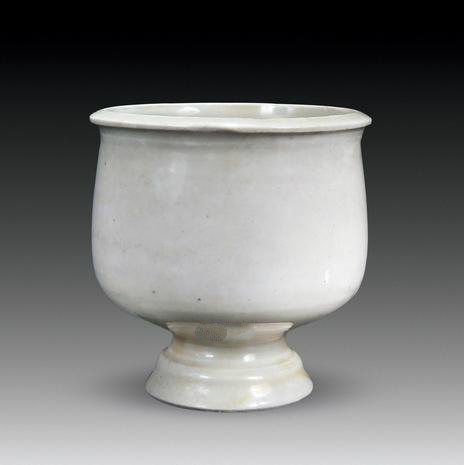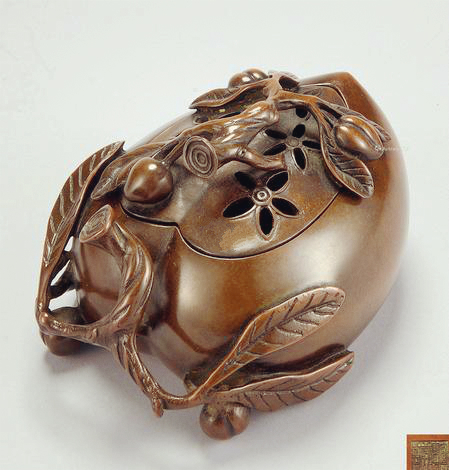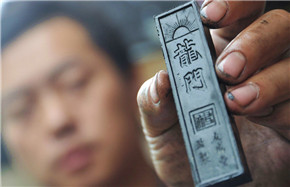Culture Insider: How ancient Chinese people warmed their hands in winter
 |
|
A white ceramic hand warmer from the Song Dynasty. [Photo/artron.net] |
As winter comes, hands and feet can easily get cold, especially among women. Thick gloves might be a good choice, yet sometimes wearing them is not convenient, especially when people want to do something with their hands.
However, this was not a problem for ancient Chinese people, who had a more exquisite tool to keep their hands warm: hand warmers.
There is no accurate written record regarding the origin of this tool, but there are some tales about its invention.
One folk story concerns Emperor Yangdi from the Sui Dynasty (581-618) who visited Jiangsu in the winter. Due to the bitter cold, the local official asked manufacturers to make a small warmer for the emperor that could be held in one's hands. Thus the hand warmer was created.
 |
|
A peach-shaped hand warmer from the late Ming Dynasty. [Photo/artron.net] |
By the Song Dynasty (960-1279), the tool was in widespread use. Techniques for producing the tool were extensively employed in the Ming and Qing dynasties (1368-1911).
Many poems and books from this period recorded people using hand warmers.
The Dream of the Red Chamber, the classic novel by Cao Xueqin from the Qing Dynasty, also featured a maid sending a hand warmer to the protagonist Lin Daiyu in one chapter.
 |
|
A screenshot from the latest children's version of The Dream of the Red Chamber features a maid sending a hand warmer to the protagonist Lin Daiyu. [Photo/Official Sina Weibo of Xiao Xigu] |
Zhang Mingqi, a veteran manufacturer of hand warmers, was considered a first-class craftsman in the Qing Dynasty. The tools he produced bore his surname, called Zhang-style hand warmers.
Made of bronze or ceramics, ancient hand warmers had a variety of designs. Round, square and octagonal shapes are typical, with some fashioned to look like pumpkins, flowers and turtle shells.
Inside a hand warmer, there were burning charcoal or simple coals. Some coals were blended with fragments and pressed into flower shapes, emitting a pleasant scent when burned.

















